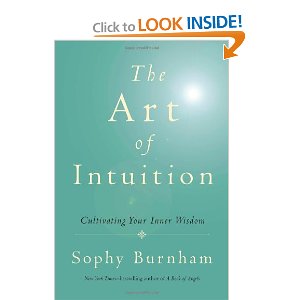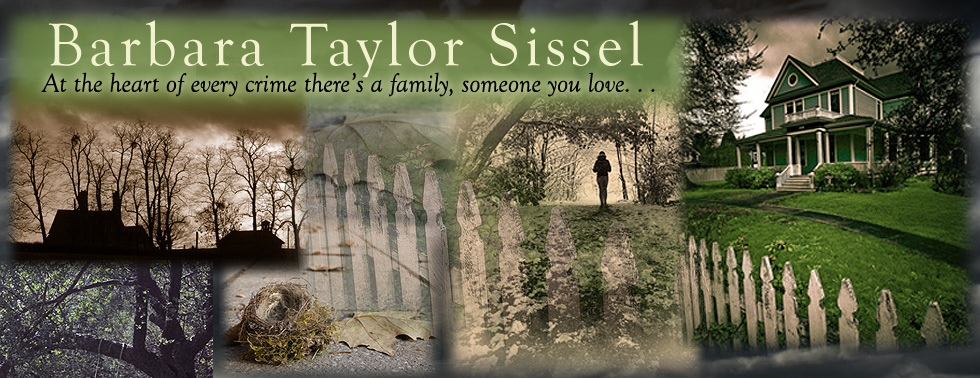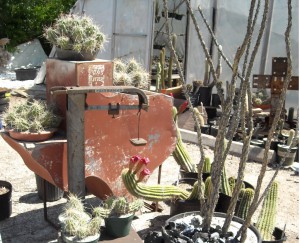Resistance, the art and the uglyI admit it, I was a book snob, one of those people who said they would never own a Kindle, never read from a device rather than a book. As an author, when it came to publishing? No way was I going any route but the traditional one. Even when it didn’t happen, I didn’t relent. I resisted the whole notion of indie publishing. I mean, I truly resisted. There was no maybe about it. But then something came, in a matter of hours as day followed night, my attitude changed, or perhaps it evolved. My resistance crumbled. Something--what always feels to me like delight--said go for it, and I resisted that, too. I argued, but it just waited, for lack of a better word. The best way I can describe “it” is that it feels like a fist pushing against my back. And I know from all the other times in my life when I have felt this sensation, there’s no point in arguing further. Whatever that fist is pressing me toward, that’s where I’m going. It’s nearly a relief to give in. There is always a sensation of (usually inexplicable) joy alongside whatever other emotions are present when I finally yield, and it wasn’t different in this case. I walked into my office on that particular morning, the one I’d left only the evening before with my determination to be traditionally published intact, sat down, and began researching the whole indie publishing world as if I had always believed indie was the way to go. I’ve launched one novel since and will shortly come out with another, plus a digital version of my first novel, published traditionally, in 2001.
Learning to listen
I’m familiar with this way of knowing. Comfortable with it despite my resistance. I know the voice of my delight is my intuition whispering to me, that it comes from my muse, my daemon, if you will, and when it plants its fist in my back, it means business. But what never fails to amaze me, to thrill me, is how much is provided to me when I don’t resist, when I follow it. This time, among many other gifts I was given just as the need arose, I was led to a book:
The Art of Intuition, Cultivating Your Inner Wisdom, by Sophy Burnham. I had never read anything by Sophy before and didn’t know what to expect, but what I found was another gift. Sophy’s book does not preach some woo-woo, new-agey theory that can’t be quantified. No. It’s as practical and full of hard science as it is wise and illuminating. She quotes Jane Austen, a person whom most everyone would surely agree was well-acquainted with her muse, as saying:
We all have a better guide in ourselves, if we would attend to it, than any other person can be. Many of the scientific experiments described in Sophy’s book suggest a connectivity among all living things that occurs through “other” dimensions. Sophy herself describes it as “. . . fragile, easily ignored, [and] often overruled by critical doubt.” She says, “You have to listen for the tuning fork of insight.” Even as I write this I am thinking of my own process of creativity, how I work mostly by feel. And yet I will just as often sit cowed by the shadow of the dreaded “critical doubt” rather than walk into the light that is freely given if only I would throw off my resistance and step into it. Step into it and listen. It isn’t a listening with ears, I don’t think. But deeper than that.
"Dream of your own beauty.”So says a bit of wall graffiti found on a building in London. But how many of us do? We talk a lot about love, but how many of us begin with ourselves? And why, in the face of so much evidence of intuition’s often stunning show of reliability, do we refuse to accept its advice? The skeptics call such evidence pseudoscience, but as Sophy points out, “. . .the skeptics have their own row to hoe.” Anyone who practices art of any kind will usually admit, however grudgingly, to having a muse, (although they might not describe it in such terms) and what is a muse if not the voice of one’s intuition? Who hasn’t heard the phone ring and known who was calling before checking the caller ID? Who hasn’t thought of someone and then run into them in the next day or two? Or lost a thing and suddenly known exactly where? Or wrestled with a problem only to dream the answer? I know of at least one occasion when intuition saved my life--literally. I didn’t question the instruction I was given at the time. I simply followed it and lived to tell. Sophy suggests the gift isn’t acquired but innate. We’re born with it, but we can ignore it, or refuse it until it becomes latent. Most of us were more intuitive as children. That doesn’t surprise me. Little children dream of their own beauty every waking moment. They are skilled creators of beauty; they are not afraid to be curious, to question and explore. But then life intervenes. Imagination isn’t so prized a tool anymore. We’re encouraged to develop our intellect, our ability to rationalize. We’re told--conditioned, really--to believe that provable facts make a more reliable guide.
Between fact and faithI shall not commit the fashionable stupidity of regarding everything I cannot explain as a fraud. This from C.G. Jung. I can’t dismiss what I don’t understand as fraud either having had too many encounters with . . . well, something. And while I have no idea how my indie venture will turn out, I do have a hunch (another one!) that it is no accident. I’ve launched this journey by design. Perhaps it is the result of the entangled particles, Sophy references when she delves into what quantum physics has to say so far about the mystery of intuition. But truly, I’ve always been aware of it, this internal sensibility and its influence in my life. It’s been with me as long as I can remember, put away at times, even shunted off into a corner of my brain like an unwelcome and embarrassing affliction. But lately I’m less inclined to ignore it, and Sophy’s book only served to underscore my resolve, my belief that this voice, or presence, or whatever--this instinct if you will, is, as Sophy suggests, inborn; it is woven into the very fiber of our brain. I know that is how I advise my children, that their intuition, their instinct, is to be trusted, relied on and used. I think, in part, I am more confident of this now because the science is pointing there. It’s as if permission is being granted to give credence to the possibility of a kind of hyper-intelligence that I have always inherently understood was real and true.
Enhancing your own inner wisdomSophy Burnham’s book,
The Art of Intuition, is a pleasure to read on so many levels. In many ways it is like a collection of fascinating short stories, generously seeded with anecdotes and spiced with plain facts from the black and white world of concrete data that has been gathered under scientific conditions by all manner of accepted authorities. But even the science is made understandable and compelling through writing that is as luminous as it is engaging. In addition, Sophy chronicles the history of spiritualism and examines such practices as divination, dousing, and magic. She discusses the various kinds of perceptions from clairvoyance to premonition and describes methods from guided daydreaming to something she calls deep listening to assist readers who have an interest in developing their own intuition. Believer or skeptic,
The Art of Intuition offers a rich source of nourishment for your brain, your dreams, your imagination. Trust me in this, I have a strong feeling you’ll love it!
 Really. Time is what started the whole story. I read about a man in the newspaper who was sentenced to death and called off his appeals. The court obliged him and set the date of his execution. I tried to imagine it, what it must be like for him to know the date of his own death. Would he mark the day on the calendar with a red X? Would he X off each day before that one? What would his thoughts be, his emotions? It was hard to imagine his fear and yet I was drawn to it. To explore it. Time running out, ticking down to zero. By law, he could reinstate his appeals if he chose to, or his devastated family could talk him out of it. So, as the day draws closer, will he buckle? Some might say, Who cares? Obviously if the guy’s on death row, a convicted murderer, he’s no asset to society.
Really. Time is what started the whole story. I read about a man in the newspaper who was sentenced to death and called off his appeals. The court obliged him and set the date of his execution. I tried to imagine it, what it must be like for him to know the date of his own death. Would he mark the day on the calendar with a red X? Would he X off each day before that one? What would his thoughts be, his emotions? It was hard to imagine his fear and yet I was drawn to it. To explore it. Time running out, ticking down to zero. By law, he could reinstate his appeals if he chose to, or his devastated family could talk him out of it. So, as the day draws closer, will he buckle? Some might say, Who cares? Obviously if the guy’s on death row, a convicted murderer, he’s no asset to society. 












